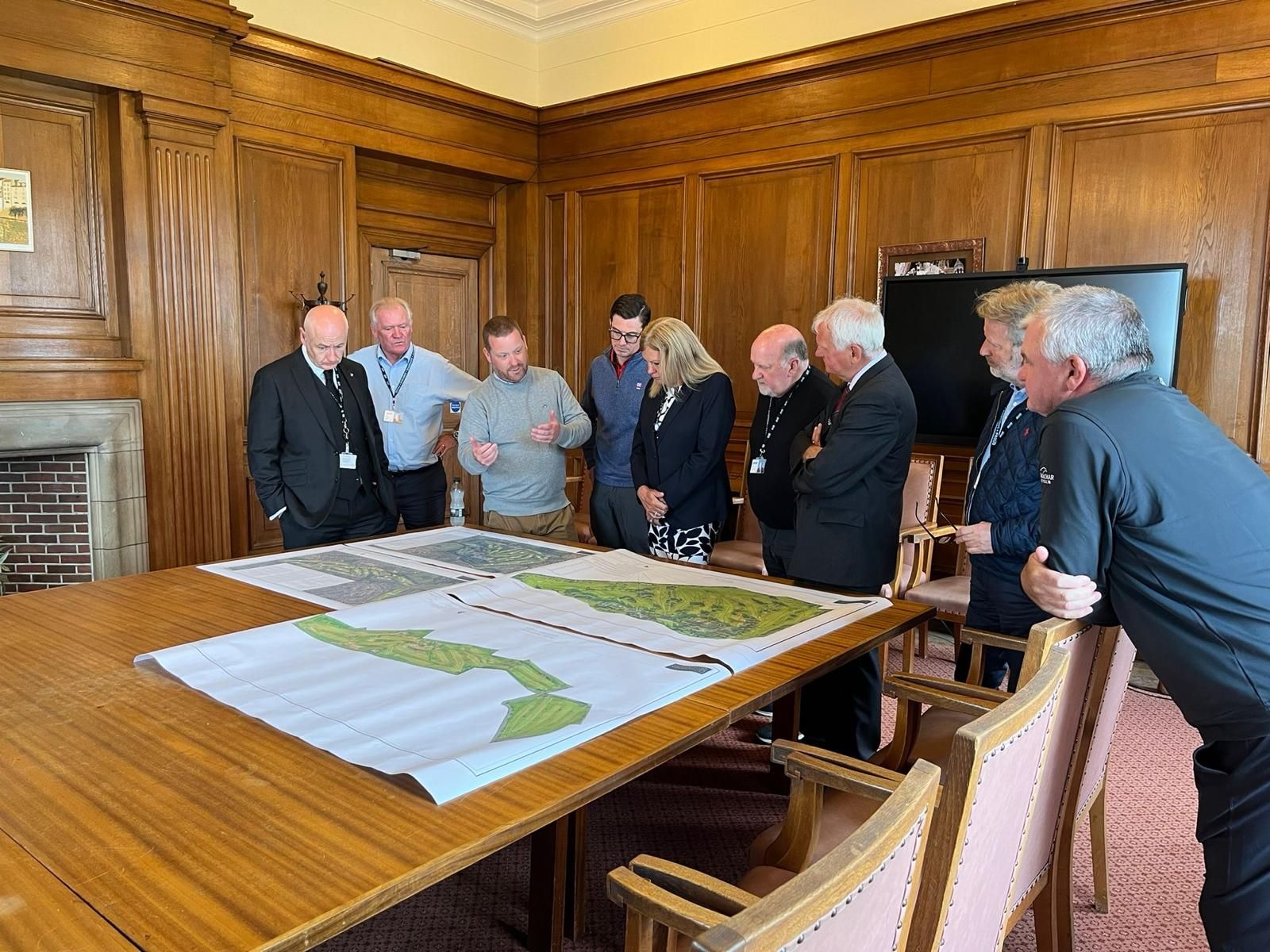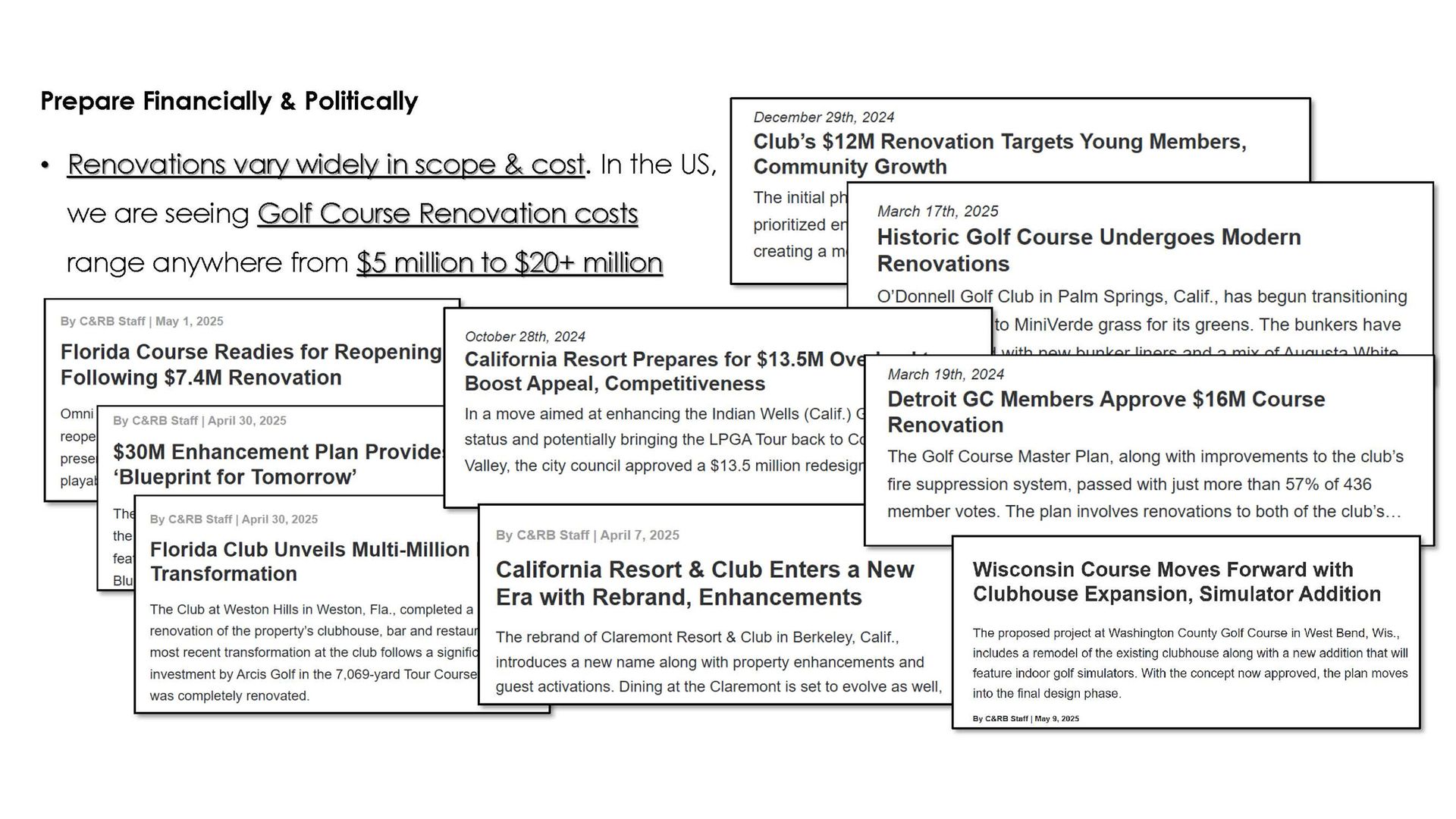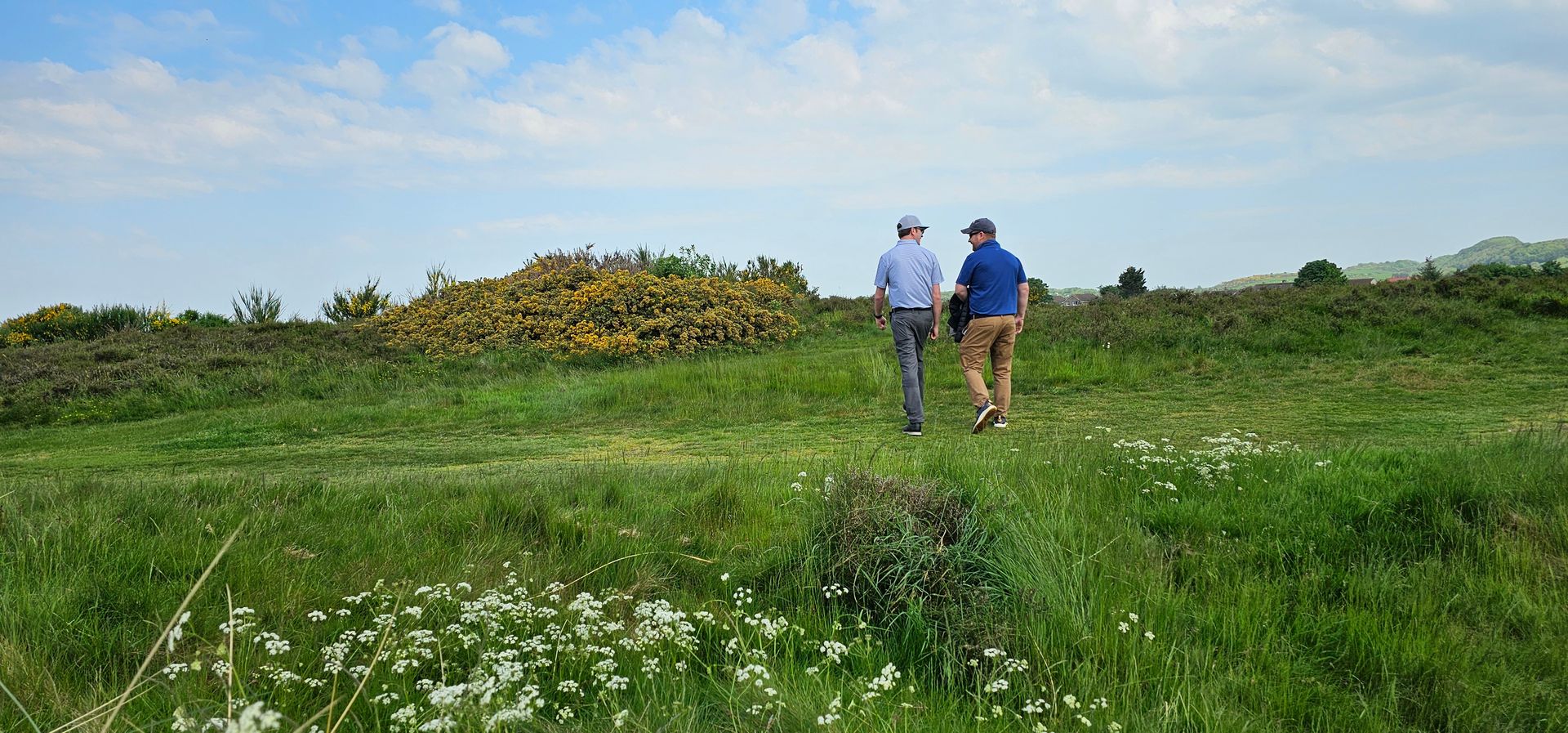The Golf Course Architect: Shaping Experiences, Stewarding Landscapes
Introduction
When most people think about a golf course, they picture sweeping fairways, a well-placed bunker, or the drama of a water hazard. Rarely do they stop to consider the mind behind it all—the golf course architect. For me, it never occurred to me that designing golf courses could be a career until I played a course designed by Arnold Palmer (some background here).
Our role extends far beyond drawing lines on a plan. We’re tasked with creating an experience that balances beauty, strategy, and sustainability. A golf course should stir the imagination, challenge players of all levels, and serve the greater community and environment in which it lives. That’s the true craft of golf course architecture.
More Than Design: A Role of Responsibility
A golf course architect must wear many hats. We are designers, planners, and collaborators. We study landscapes, climate, water, and soil as carefully as we study shot values and playing strategies. We listen to clients, committees, and communities. And we guide a project through constraints of budget, permitting, and construction, ensuring the vision is not only inspiring but also achievable.

At its best, golf course architecture creates places where people feel connected—connected to the game, to nature, and to one another.
Philosophy Matters
Every architect carries a philosophy that shapes their work. For some, it’s about restoring history. For others, it’s about innovation or sustainability. For me, it’s about finding the balance: respecting tradition while designing courses that are resilient and inclusive enough to serve generations to come.
Golf’s lifeblood is participation. If we don’t design in ways that welcome new players—short courses, flexible layouts, ADA access, family-friendly practice areas—then the game cannot sustain itself. Inclusivity and accessibility are not afterthoughts. They are fundamental.

Collaboration is Key
A golf course is never designed in isolation. Success comes through collaboration—with superintendents, engineers, biologists, contractors, and the community itself. The architect’s job is to synthesize those voices, protect the project’s intent, and ensure the details are executed with clarity.
I often remind clients: the best results happen when everyone is heard, and the architect provides the roadmap to bring those voices into a coherent design.
Budgets, Timelines, and Realities
Vision must be balanced by practicality. Renovations and new builds can range widely—from practice centers under $1 million to full renovations well beyond $15 million (as of 2025). A skilled architect helps navigate these realities, identifying cost drivers like greens, irrigation, and drainage, while planning phases that protect member experience and minimize disruption.

Budget is not the enemy of design. It is a framework within which creativity thrives.
Innovation and Stewardship
Today’s golf architecture is evolving faster than ever. We are leveraging drone surveys, GPS-guided grading, AI-based shot data, and robotic mowers. We’re restoring habitats, reducing turf footprints, and designing with water as both a precious resource and a strategic element.

The goal isn’t novelty for its own sake—it’s resilience. Golf courses must endure drought, flood, and shifting economies. Innovation allows us to design with foresight, so the course thrives long after ribbon-cuttings and press cycle.
Choosing the Right Architect
Ultimately, selecting a golf course architect is about more than resumes or renderings. It’s about trust. Does their vision align with yours? Do they understand your site, your community, your goals? Do they balance art and science, tradition and progress?
The right architect doesn’t just build holes. They build golf experiences that endure—spaces where golfers feel challenged, welcomed, and inspired, while landscapes are respected and stewarded for the future.
That’s the fundamental role of a golf course architect.

